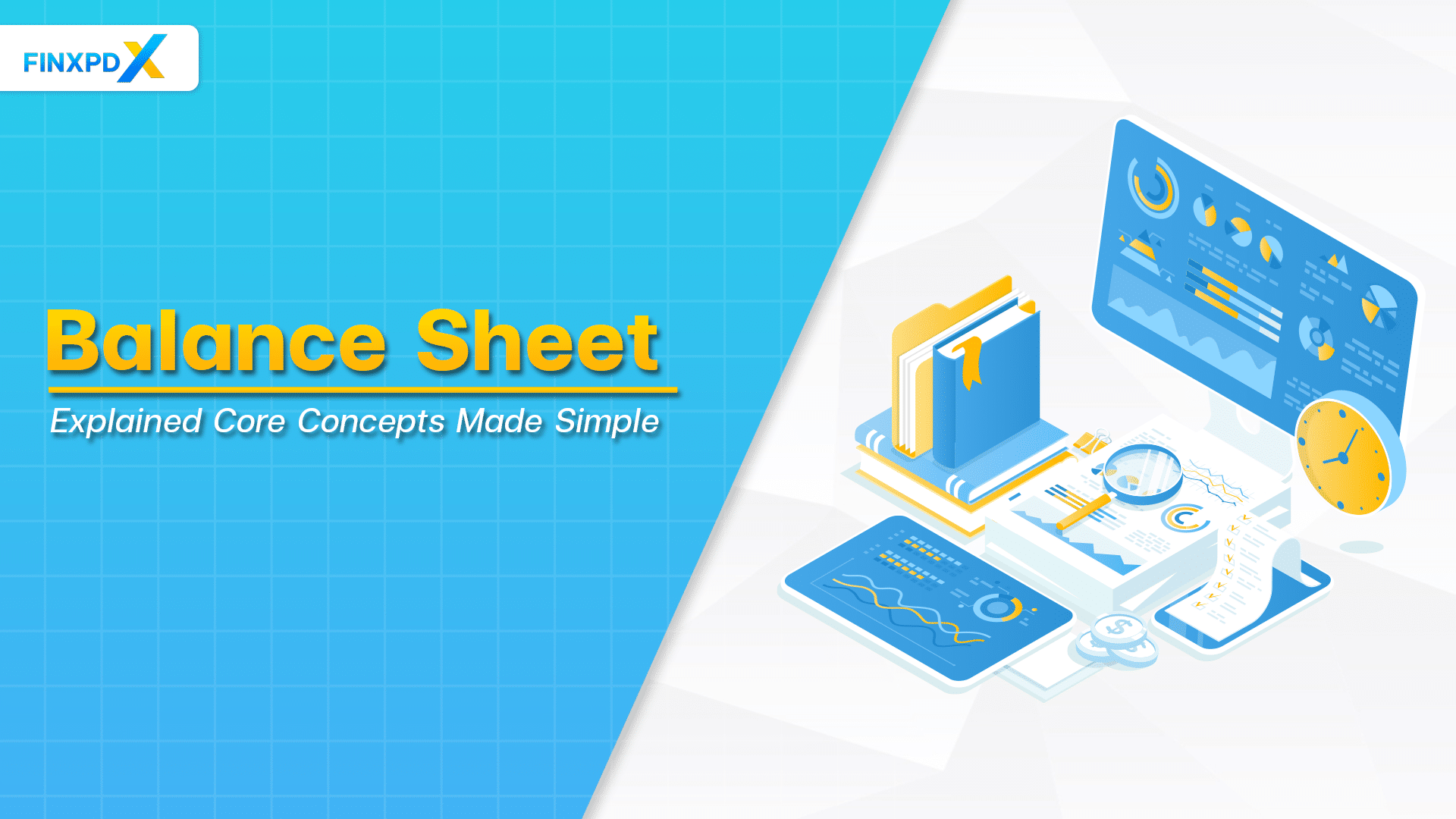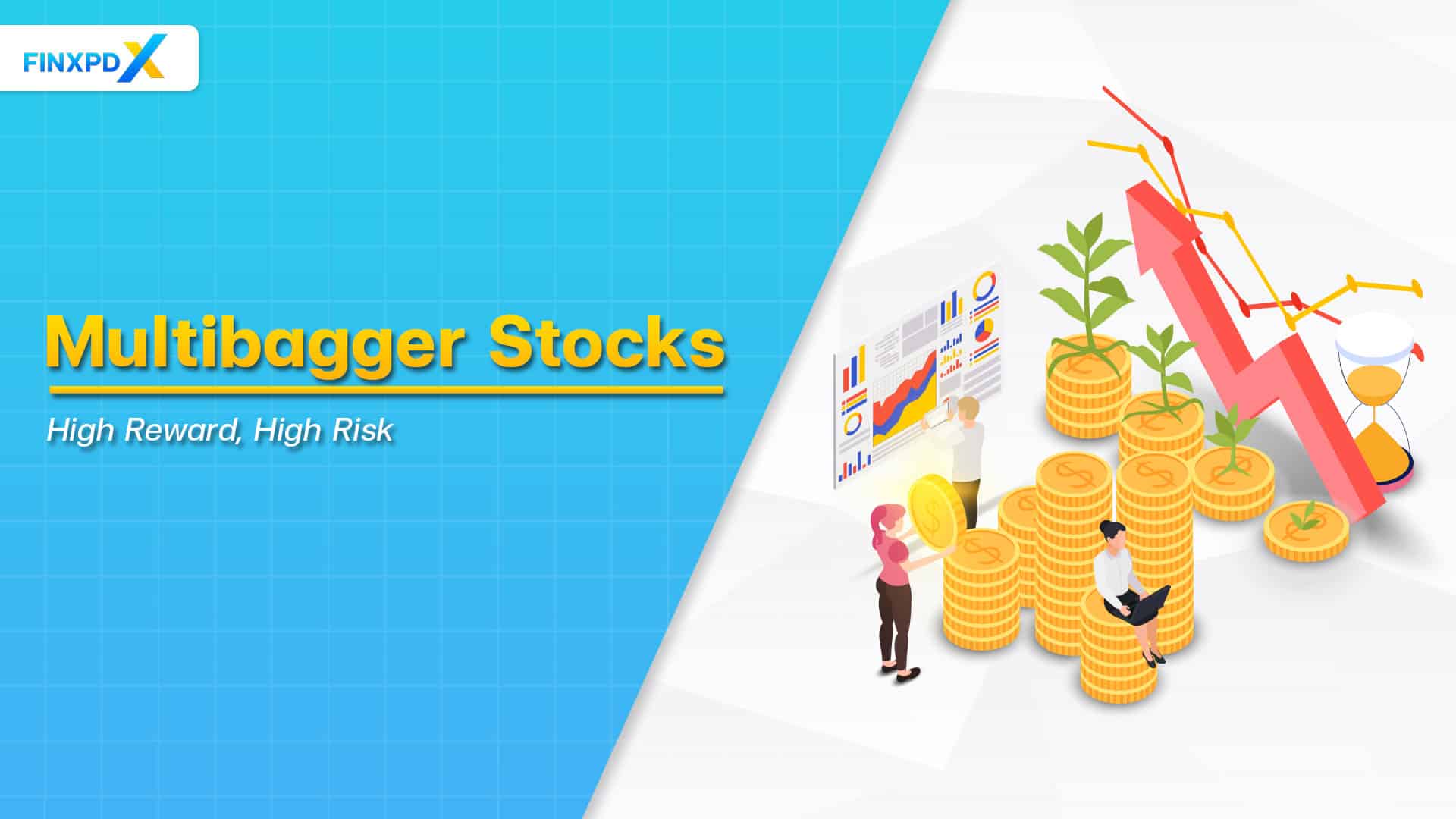One of the most important elements of financial reporting is the balance sheet, which offers a thorough overall of the financial health of a business at a specific moment in time. It details the company’s assets, liabilities, and equity, offering valuable insights into its financial stability and operational efficiency. Understanding the balance sheet is crucial for anyone involved in financial analysis, as it reveals essential insights into the company’s stability and operational efficiency. This article will explore the fundamental aspects of the balance sheet, its key components, its role in financial analysis, and how it compares to the income statement. By understanding these concepts, you will be better equipped to interpret financial data and make wise decisions.
What Is Balance Sheet?
A balance sheet is a financial statement report that provides a detailed overview of a company’s assets, liabilities, and equity, following the accounting equation:
Assets = Liabilities + Equity
This equation ensures that the balance sheet is always balanced, meaning the total value of the company’s assets equals the sum of its liabilities and equity. Moreover, it shows a business’s assets and debt and the funds invested by shareholders. Then, the balance sheet is crucial in financial analysis as it provides insights into a company’s financial health and stability. Balance sheets can be used alongside other crucial financial statements to perform fundamental analysis and calculate financial ratios.
Key Takeaways
- A balance sheet is a financial statement that presents a company’s assets, liabilities, and equity at a specific point in time.
- Components of a balance sheet include assets, liabilities, and shareholders’ equity.
- Analyzing a balance sheet helps stakeholders make informed investments, credit, and management decisions.
- Assets on the balance sheet are divided into current and non-current categories based on their liquidity.
- While a balance sheet shows the financial position at a single point, an income statement shows performance over a period.
Components of Balance Sheet
The balance sheet is divided into three main sections: assets, liabilities, and equity. Each section provides critical information about a company’s financial health and operational efficiency.
1. Assets
Assets are resources owned by the company that have economic value and can be converted into cash. They are typically classified into two categories:
Current Assets: These assets can be converted into cash within one year. Examples include:
- Cash and Cash Equivalents: Liquid assets readily used for transactions.
- Accounts Receivable: Money owed to the company by customers for sales made on credit.
- Inventory: Goods available for sale or raw materials used in production.
Non-Current Assets: These are long-term investments that cannot be easily converted into cash within one year. Examples include:
- Property, Plant, and Equipment (PP&E): Tangible assets such as buildings and machinery are used in operations.
- Intangible Assets: Non-physical assets like patents, trademarks, and goodwill.
- Long-Term Investments: Investments that the company intends to hold for more than a year.
2. Liabilities
Liabilities are obligations that the company owes to external parties. They are also divided into two categories:
Current Liabilities: These are obligations that are due within one year. Examples include:
- Accounts Payable: Money the company owes to suppliers for purchases made on credit.
- Short-Term Debt: Loans and other borrowings that must be repaid within a year.
- Accrued Liabilities: Expenses incurred but not yet paid, such as wages and taxes.
Non-Current Liabilities: These are long-term obligations that are due after one year. Examples include:
- Long-Term Debt: Loans and bonds that are payable over a period longer than a year.
- Deferred Tax Liabilities: Taxes owed but not yet paid, often due to differences in accounting practices.
3. Equity
Equity represents the residual interest in the company’s assets after deducting liabilities. It includes:
- Common Stock: The par value (original value) of the shares issued by the company.
- Retained Earnings: The total net income retained by the company rather than distributed as dividends.
- Additional Paid-In Capital: The excess amount paid by investors over the par value of the shares issued.
- Treasury Stock: The value of shares repurchased by the company from shareholders.
Importance of Balance Sheet in Financial Analysis
The balance sheet is a crucial tool in financial analysis for several reasons:
Assessing Financial Health: It provides an overview of a company’s assets, liabilities, and equity, offering insights into its financial stability and liquidity.
Evaluating Liquidity: By comparing current assets to current liabilities, analysts can assess the company’s ability to meet short-term obligations and determine liquidity.
Understanding Capital Structure: It shows the balance of debt and equity used to finance the company’s operations, helping evaluate financial leverage and risk.
Analyzing Operational Efficiency: The balance sheet, combined with the income statement and cash flow statement, helps assess how effectively the company utilizes its resources.
Supporting Investment Decisions: Investors use balance sheet data to evaluate a company’s financial strength and growth potential, helping them make informed investment choices.
Benchmarking and Trend Analysis: It allows for comparing financial metrics over different periods and against competitors in the industry, identifying trends, and benchmarking performance.
Creditworthiness Assessment: Creditors analyze the balance sheet to determine the company’s ability to repay debts, influencing lending decisions and interest rates.
Regulatory Compliance: The company ensures it meets legal and regulatory financial reporting requirements, maintaining transparency and accountability.
Balance Sheet vs. Income Statement
This table highlights the key differences between the balance sheet and income statement, showcasing their unique purposes, components, and the type of financial information they provide.
| Aspect | Balance Sheet | Income Statement |
|---|---|---|
| Definition | Overview of the business’s financial position at a point in time. | Business’s financial performance over a specific accounting period. |
| Purpose | Shows assets, liabilities, and equity. | Shows revenues, expenses, and profits. |
| Focus | Financial position and stability | Profitability and operational efficiency |
| Components/ Structure | Assets, liabilities, shareholders’ equity | Revenues, expenses, net income |
| Key Metrics | Assets, liabilities, equity | Gross profit, operating income, net income |
| Usage | Assessing liquidity, solvency, and investment potential | Evaluating profitability, cost management, and overall performance |
Conclusion
In summary, understanding the balance sheet is essential for anyone involved in financial analysis, as it provides a comprehensive overview of a business’s financial health at a specific time. By detailing a business’s assets, liabilities, and equity, the balance sheet offers valuable insights into its financial stability and operational efficiency. When used alongside the income statement, which shows financial performance over a period, the balance sheet becomes a crucial tool for evaluating a company’s overall financial status. In essence, the interpretation of the balance sheet is key to making wise financial decisions and understanding a company’s true financial standing.
FAQs
A balance sheet is a financial statement that summarizes a company’s assets, liabilities, and shareholders’ equity at a specific time. It provides a snapshot of the company’s financial condition and helps stakeholders assess its stability and performance.
Shareholders’ equity, also known as owner’s equity, is the residual interest in the company’s assets after deducting liabilities. It includes common stock, retained earnings, and additional paid-in capital, reflecting the owners’ stake in the company.
The balance sheet equation is formulated as: Assets = Liabilities + Shareholders’ Equity. This equation ensures that the balance sheet remains balanced, indicating that all assets are financed by either liabilities or equity.
Current assets, such as cash, accounts receivable, and inventory, are expected to be converted into cash or used up within one year. Non-current assets are long-term investments like property, plant, equipment, and intangible assets that provide benefits over multiple years.
Classifying assets and liabilities into current and non-current categories is important because it clarifies the timing of cash flows. It helps stakeholders assess the company’s liquidity, operational efficiency, and long-term financial obligations.
Related Articles:
- Valuation of Shares: How Does It Important to Investor?
- Primary vs. Secondary Market: Its Important Concept
- What Is FPO?: Explore Finance, Profit, and Opportunities
- BTST Trading Strategy: How to Buy Today Sell Tomorrow
Read more: Stocks








